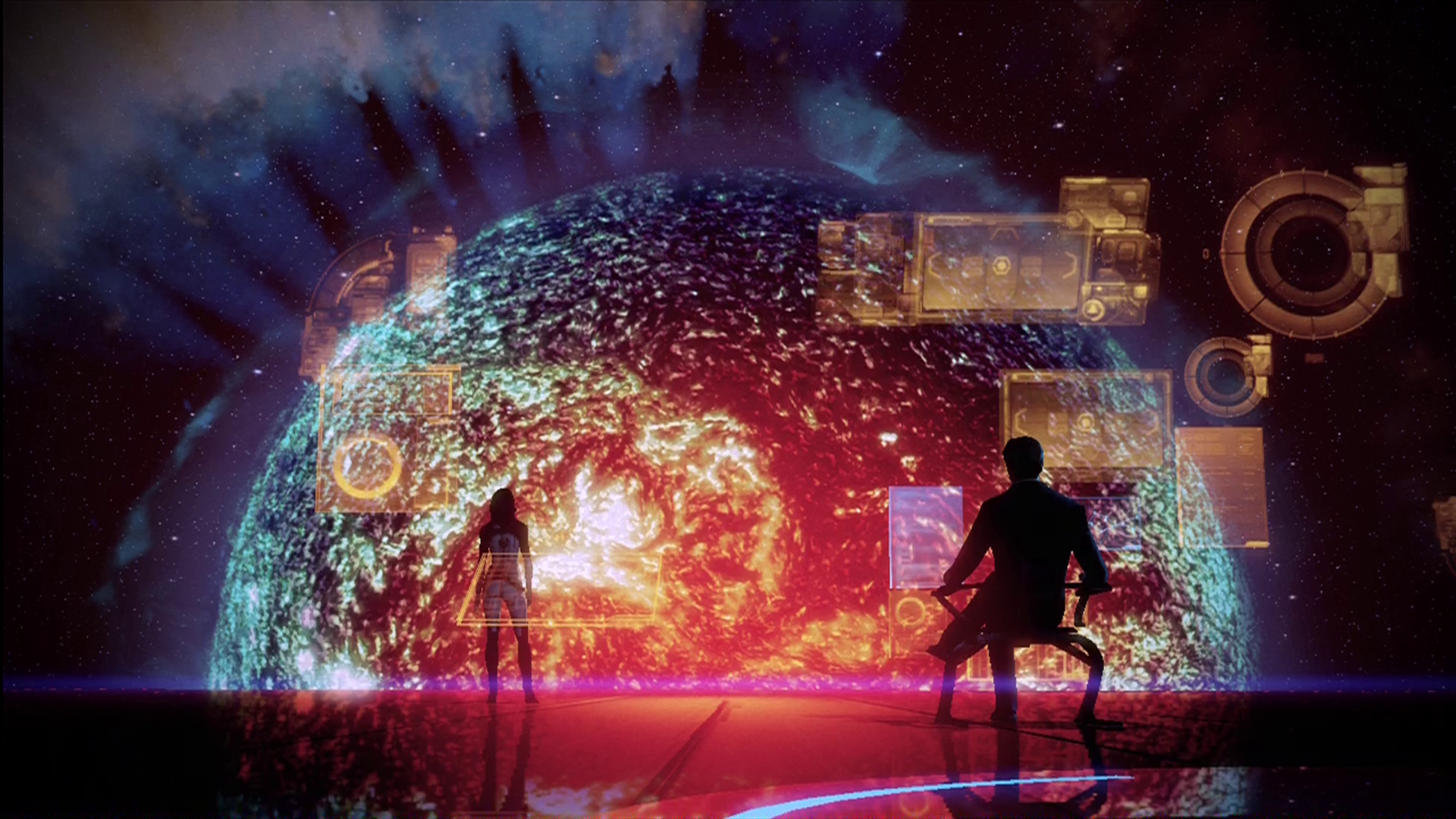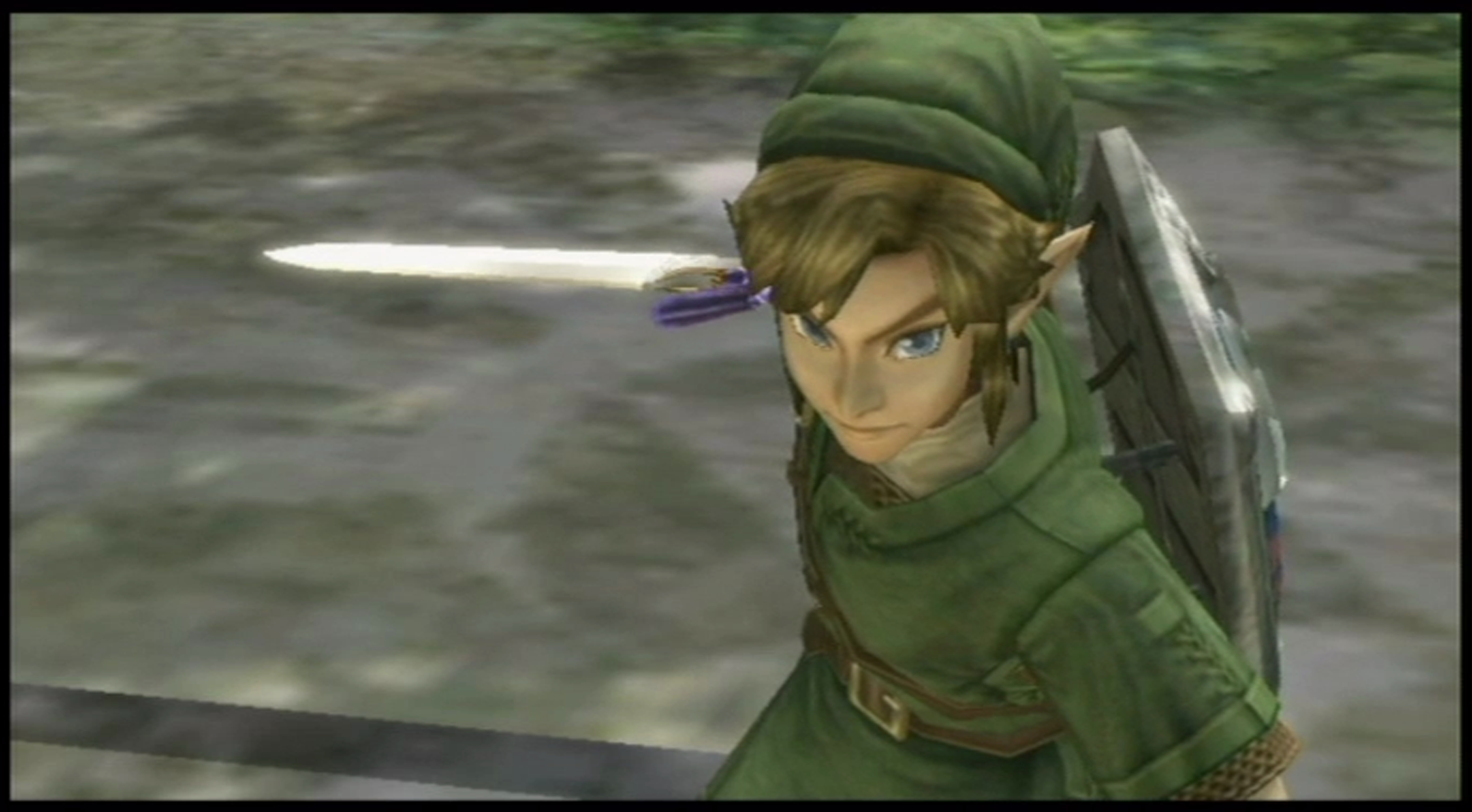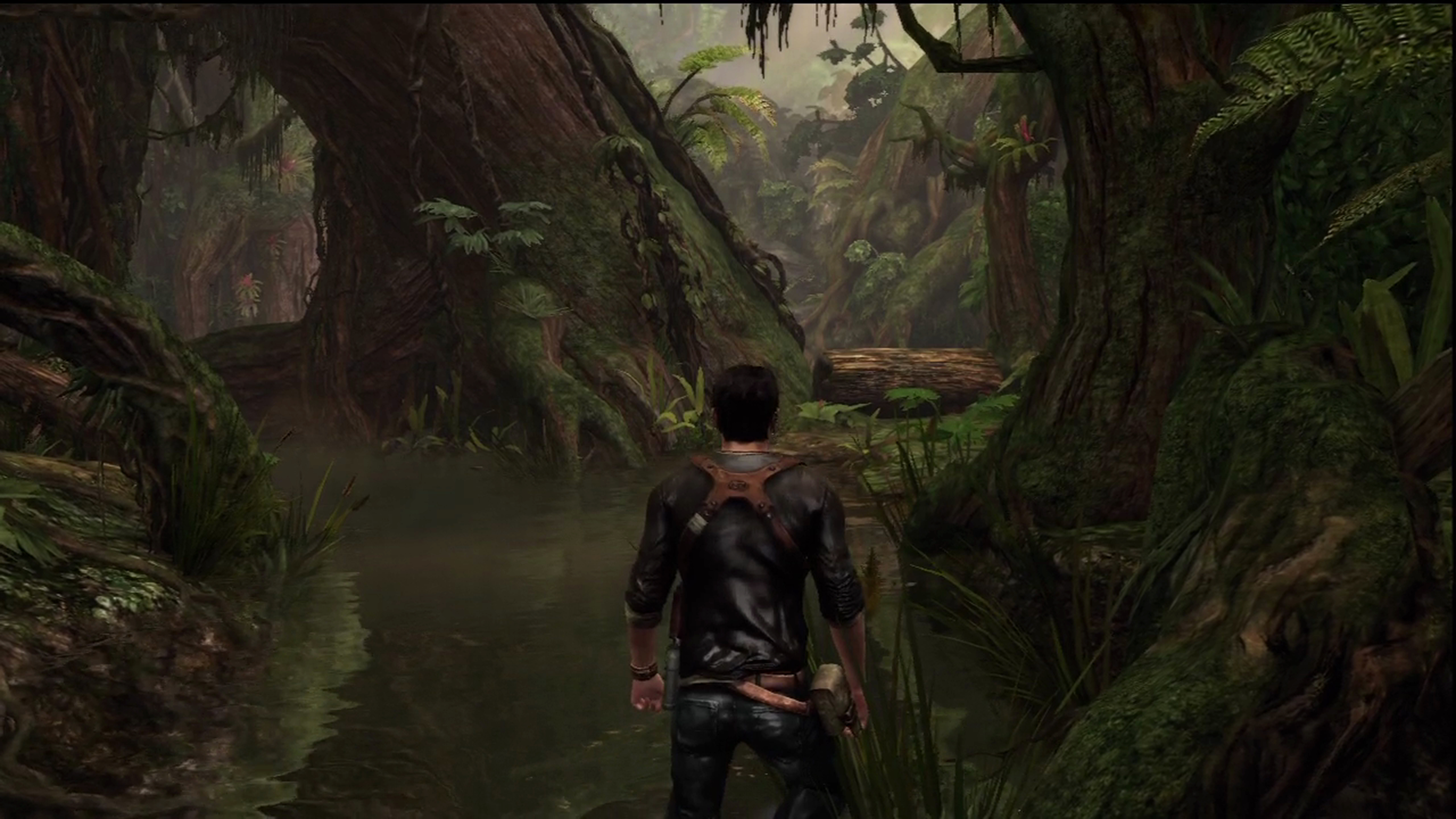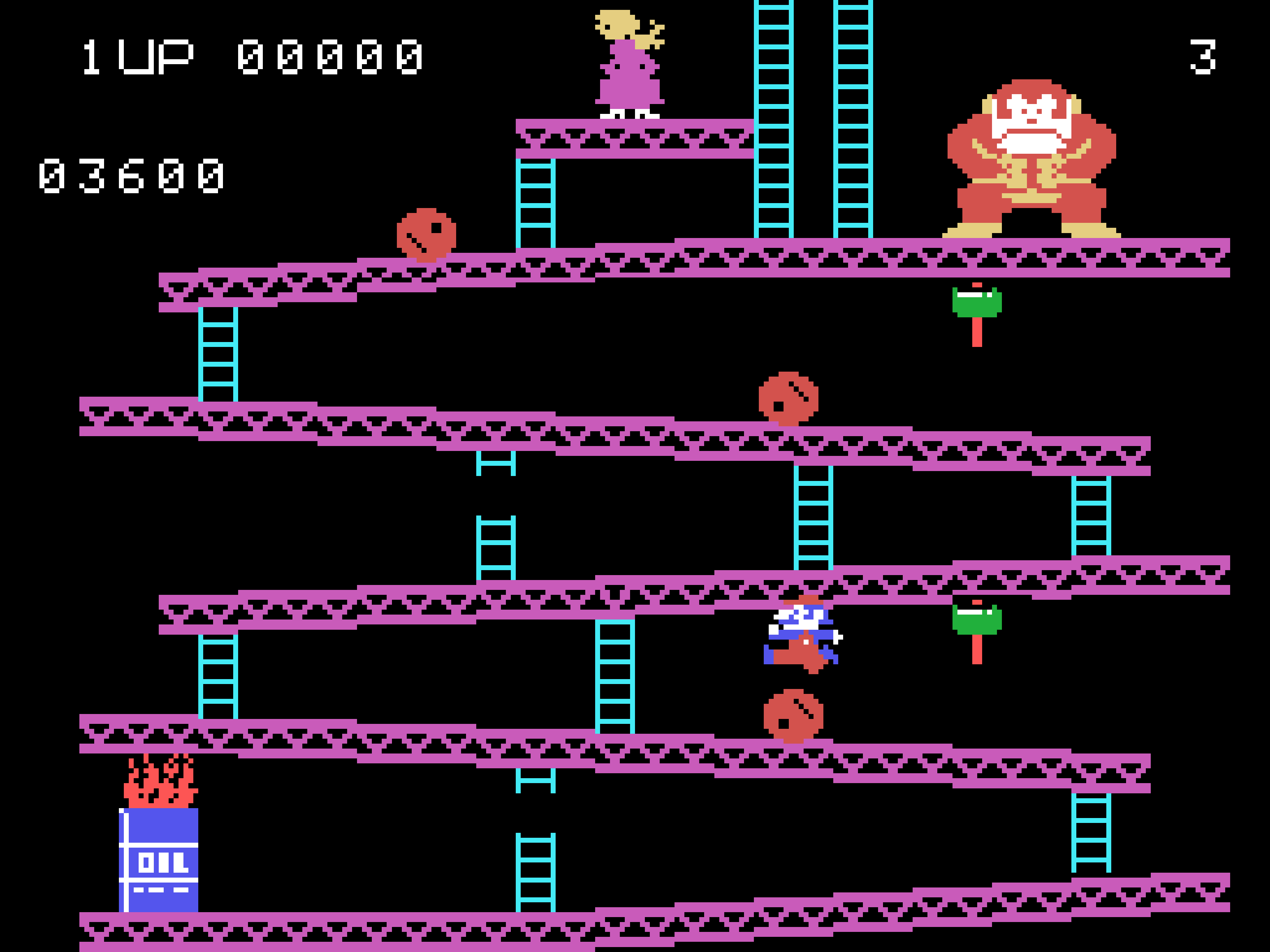In Pictures: The Art Of Video Games @ The Smithsonian
For decades, video games were seen by many strictly as entertainment. However, a new exhibit presented by the Smithsonian American Art Museum compels us to look at them as part of our culture. We walk through the 40-year evolution of games and platforms.
The Four Top Modern Windows Games
Modern Windows (XP and later): 2001, Microsoft
Again, Windows is the most popular PC operating system, so it's hardly a surprise that games designed for the PC are made Windows-compatible.
The Four Genre Winners
Action
Portal: 2007, Valve. Portal’s innovative gameplay made it a favorite. This puzzle-based title mixed physics and environmental manipulation in new ways, forcing the player to think abstractly to overcome obstacles. Creating entrances and exits with the portal gun made it easy to involve the surrounding environment, which might have been ignored previously. Suddenly, the ceiling became a canvas waiting to be exploited. How many other games get that creative? With its innovative puzzle-solving techniques and dark humor, Portal’s popularity is easily understood.
Target
Flow: 2006, Thatgamecompany
Get Tom's Hardware's best news and in-depth reviews, straight to your inbox.
Adventure
Fallout 3: 2008, Bethesda Game Studios
Tactics
Minecraft: 2009, Mojang Specifications
Photo courtesy of the Smithsonian American Art Museum and © Valve.
The Four Top Xbox 360 Games
Xbox 360: 2005, Microsoft
Released in 2005, Microsoft’s second console, the Xbox 360, sold out immediately in all countries except Japan. Microsoft put a lot of resources into the platform's online Live service, transforming it into a more complete multimedia entertainment system.
The Four Genre Winners
Adventure
Mass Effect 2: 2010, BioWare. In a conversation about immersive RPGs, BioWare’s Mass Effect simply must be included. Mass Effect 2 presented its story on a grand scale, with highly-detailed environments and characters set on a galactic stage. Moreover, the actions and choices you made as the game progressed added to the experience, since they affected subsequent events. Stunning graphics, combined with a complex player-controlled story, created a bond that hadn't yet been seen in this genre.
Action
BioShock: 2007, 2K Boston
Target
Geometry Wars: Retro Evolved 2: 2008, Bizarre Creations
Tactics
Lord of the Rings: The Battle for Middle-Earth II: 2006, EA Los Angeles
Photo: Mass Effect 2, Casey Hudson, director; Mac Walters, Drew Karpyshyn, writers; Casey Hudson, producer, Microsoft Xbox 360, 2010, © 2010 Electronic Arts, Inc. All trademarks are the property of their respective owners.
The Four Top Wii Games
Wii: 2006, Nintendo
The Nintendo Wii introduced a giant step forward in gaming innovation by moving away from static controllers in favor of a more dynamic setup that incorporated full-motion input to control certain games. Nintendo's Wii was more popular than its predecessor, the GameCube, and has already sold more than 95 million units.
The Four Genre Winners
Adventure
The Legend of Zelda: Twilight Princess: 2006, Nintendo. The thirteenth installment in the Zelda series, Twilight Princess was developed for the Wii and consequently made generous use of its gesture controls. This was the first time players could control Link’s sword as if they were holding it in real life.
In this sequel, Link moves in and out of the twilight realm, where he changes into a wolf. The contrasting light and dark worlds present the classic Legend of Zelda storyline in a new way that sought to redefine the kingdom of Hyrule.
Action
Super Mario Galaxy 2: 2010, Nintendo
Target
Boom Blox: 2008, Electronic Arts
Tactics
Zack & Wiki: Quest for Barbaros’ Treasure: 2007, Capcom
Photo: The Legend of Zelda: Twilight Princess, Shigeru Miyamoto, executive producer; Eiji Aonuma, director; Satoru Takizawa, art director; Eiji Aonuma, Satoru Iwata, producers, Nintendo Wii, 2006, Nintendo of America, Inc.
The Four Top PlayStation 3 Games
PlayStation 3: 2006, Sony Computer Entertainment
The PlayStation 3 is the most powerful of the seventh-generation systems, and it debuted late in 2006. Major improvements include its online gaming service, PlayStation Network, and support for Blu-ray discs (not to mention significantly more powerful graphics and processing hardware).
The Four Genre Winners
Action
Uncharted 2: Among Thieves: 2009, Naughty Dog. In Uncharted 2, players control a treasure hunter named Nathan Drake as he adventures around the globe. The game's developers paid great attention to each character's acting in order to create a unique cinematic quality. Voice actors rehearsed together before recording to keep the tone steady and accurate. And in some cases, the actors were recorded using motion capture technology so that their movements could be replicated in the digital world. Compared to the countless treasure-hunting action games, Uncharted 2 is a pioneer in art, animation, acting, and interactivity. Truly, it begins to feel more like a motion picture than a video game.
Target
Flower: 2009, Thatgamecompany
Adventure
Heavy Rain: 2010, Quantic Dream
Tactics
Brütal Legend: 2009, Double Fine
Photo: Uncharted 2: Among Thieves, Amy Hennig, creative director; Robh Ruppel, art direction, PlayStation 3, 2009, Sony Computer Entertainment America LLC.
Keith Robinson: One Of Many Speakers
There were many panels that focused on video game design and the evolution of video games. Panelists and speakers included Nolan Bushnell of Atari, Hideo Kojima of Metal Gear Solid fame, and other industry pioneers.
One major point that we heard over and over was that, if you're interested in game design, try to create a game. It doesn’t matter if the game is bad; the activity itself teaches you a lot about the design process, which you can use in future efforts. Keith Robinson, responsible for Tron: Solar Sailer, explained that designers go through this process every time a new console is released. Since new hardware enables fresh innovation, it takes a while to figure out what each platform is capable of doing. Thus, they all start with a blank slate and try to create increasingly better games.
Creating a game for a new system is like crawling in a dark room, it was said. You don’t know what’s there, but as you create more games, you get more familiar with the proverbial room. Eventually, you learn the system's boundaries, but then something new comes along and you have to start over. Such is the nature of game design.
Photo of Keith Robinson: © Conway Yen
Donkey Kong: Overcoming The Limitations Of Hardware
Speaking of hardware, the panelists discussed some of the limitations imposed by early hardware. They always seemed to tell a great story and create a great game, regardless of those obstacles, though.
Donkey Kong is a great example of a game that had to overcome constraints imposed by the technology in its native console. Countless graphics, which may seem coincidental to the gamer, were actually created based on deliberate choices to circumvent the platform's limitations. Hair could not be animated, for example, so Jumpman wore a red cap. A mouth was too detailed to reproduce, so a mustache was used instead. Jumpman wore overalls because that was the best way to differentiate his arms using a minimal color palette. These design choices ended up turning into an iconic character, which has changed little, even though technology is much more capable today.
Photo: © Conway Yen
Coming To A City Near You!
The Art of Video Games exhibition at the Smithsonian American Art Museum was curated by Chris Melissinos, who donated many of the consoles we photographed. The exhibition will be on display in Washington, D.C. until September 20, 2012, after which it'll begin traveling around the country, making stops in nine more cities. To see the schedule or view information about the exhibition online, check out its online presence.
Photo: © Conway Yen
-
Nintendo Maniac 64 Star Fox Assult? Seriously? Really should have put Metroid Prime under "Target" and Smash Bros. Melee under "Action" instead.Reply
And no Sonic platformer for the Genesis?! What about BLAST PROCESSING?!
EDIT: Oh, no wonder. Looking at the nominees, Melee never even got nominated (wat), and the only Sonic platformer nominated was Sonic CD - the one most people never got to play.
If they were smart, they'd re-evaluate the consoles that are 2001 and newer in say, 10-20 years since it'll be considerably more obvious which games have stood the test of time as notable. This is especially true for the current generation systems which still have some big titles coming out (Xenoblade in particular comes to mind). -
silverblue Very happy to see the Master System in there (my first console), but even happier to see three Panzer Dragoon titles, of which I am currently replaying Saga (my favourite game ever).Reply -
Super_Nova Great to see Gradius V, Panzer Dragoon series, Rez and Spy vs Spy (loved those games) and I agree they withstood the test of time very well but where are f.i. Radiant Silvergun and Nights in to dreams (Saturn)? I also miss something about arcade games throughout the years.Reply -
shin0bi272 no turbografix 16? tisk tiskReply
Also Im pretty sure mass effect was a big game on pc not just friggin minecraft or flow -
spookyman buzznutSpy vs spy?????Reply
The reason Star Fox was chosen because it was an actual 3D game on SNES, which at the time had just a simple 16bit processor. It pushed the limits of the system.
Yes I agree that missing Sonic for Sega Genesis was not good choice. Though Earthworm Jim was very popular back then.
-
jaquith ...Crap I'm getting old! :( The scary thing is I played on many of those consoles and games and now they're in a museum!Reply -
allawash Anybody who owned a Saturn and played Guardian Heroes knows it should have been listed for action on that console. Hands down the best sides scrolling action game I ever played.Reply






